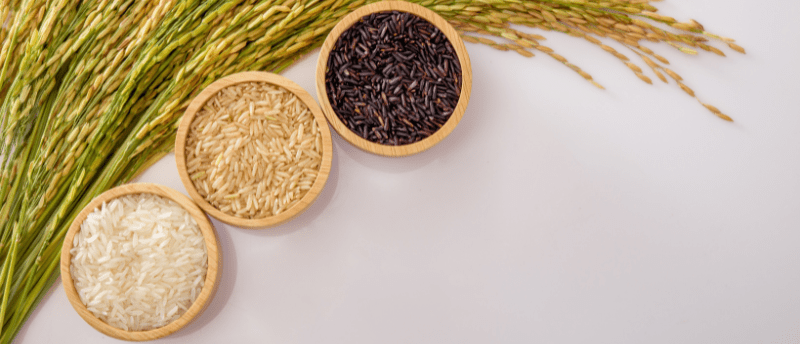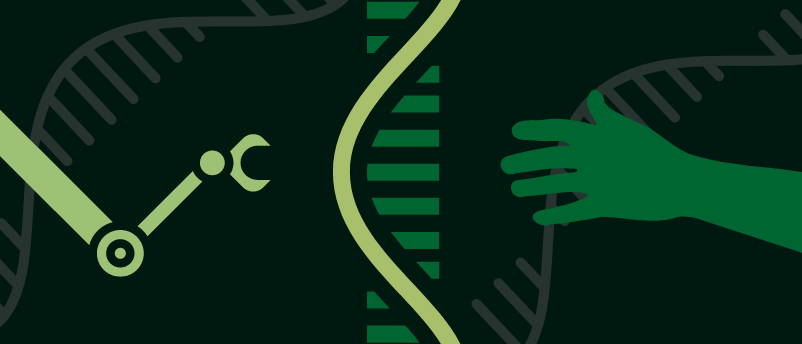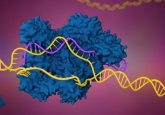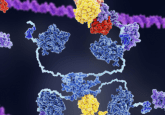CRISPR boosts crop-yield gene without transgenics

CRISPR-Cas9 has been used to overexpress a gene that improves water-use efficiency and photoprotection in rice, providing a more regulation-friendly approach to improve crop yield than transgenic methods.
A recent research effort from a team at the University of California, Berkley (CA, USA) has utilized CRISPR in a novel way to increase the expression of certain genes in rice, which supplies 20% of the global population’s calories. The proof-of-concept study paves the way for more rapid production of super-efficient crops to serve an expanding global population. The study is part of an international research project led by the University of Illinois (IL, USA) called Realizing Increased Photosynthetic Efficiency (RIPE), which aims to increase global food production by developing crops that use the sun’s energy more efficiently.
The CRISPR/Cas9 system’s ability to knock out genes has been well utilized in the decade since its discovery, silencing genes in plants that limit crop yield, amongst wider applications outside agricultural sciences. However, the tool’s ability to increase gene expression has received less attention.
To meet the world’s growing demand for food with comparatively diminishing supplies of resources such as water, we need to enhance and expand our arsenal of techniques for improving crop yield. The issue of water provision is exacerbated by rising temperatures that increase the rate at which crops lose water due to transpiration from the plant. Current methods to resolve these issues involve transgenic approaches, but these can be challenging to get through regulatory procedures and are often vulnerable to genetic silencing from generation to generation, reducing the effect of the modification over time.
A 2018 study previously demonstrated the possibility of improving a plant’s use of water by artificially overexpressing the gene PsbS, which is involved in the defence of plants from sunlight – a process known as photoprotection. The study demonstrated that PsbS kept the molecule chloroplastic quinone A in an oxidized state, reducing its stimulation of stomatal opening and, therefore, increasing water retention. Inspired by this study, the team set out to increase the expression of native genes in rice to achieve the same effect but without using foreign DNA to induce the increase in PsbS.

In this Peek Behind the Paper, we learn more about a recently published paper that compares robotic and manual injection methods in zebrafish embryos using CRISPR-RfxCas13d (CasRx) for RNA silencing.
To achieve this effect, the team used CRISPR-Cas9 to induce mutations in an upstream non-coding sequence involved in the modulation of PsbS expression and then screened for overexpression alleles of the PsbS gene. They detected 120 alleles, two of which were identified as being overexpression alleles, representing the first time – to the team’s knowledge – that CRISPR has been used to directly induce the overexpression of native genes.
A combination of HiFi circular consensus sequencing and visualization with Integrative Genomics Viewer revealed a 252 kb inversion in the sequence that accounted for the overexpression observed in one of the two alleles. Subsequent RNA sequencing of the modified rice transcriptome revealed that expression was only impacted for a select few genes, indicating that rice cell biology would not be detrimentally disturbed.
Noting the scale of the DNA alterations that effected these changes, without leading to massive, detrimental changes in protein abundance, first author Dhruv Patel-Tupper commented that:
“The changes in the DNA that increased gene expression were much bigger than we expected and bigger than we’ve really seen reported in other similar stories… I think it goes to show how much plasticity plants and crops have. They’re used to these big changes in their DNA from millions of years of evolution and thousands of years of domestication. As plant biologists, we can leverage that ‘wiggle room’ to make large changes in just a handful of years to help plants grow more efficiently or adapt to climate change.”
This approach successfully increased the expression production of the protein OsPsbS1 by two to three times, an equitable result to increases obtained by transgenic approaches. This increase imbued the rice plant with improved non-photochemical quenching capacity – a photoprotective property – and water-use efficiency.
While the study proved successful, acquiring the desired phenotype was laborious and highly challenging, a fact addressed by Patel-Tupper, while highlighting the significance of the study. “It’s definitely more difficult than using a transgenic plant approach, but by changing something that is already there, we may be able to preempt regulatory issues that can slow how quickly we get tools like this into the hands of farmers.”





